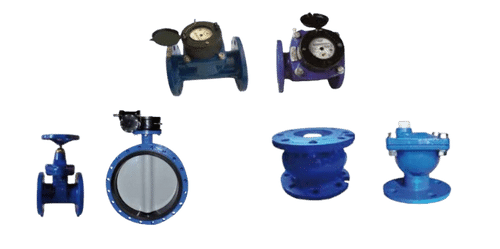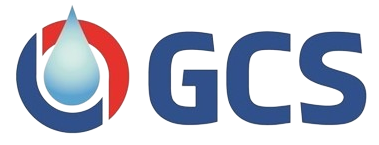Valves, metering, and network protection

Valves, metering, and network protection are essential components in maintaining the functionality, efficiency, and safety of various systems, particularly in the context of water distribution and utility networks.
Valves: Valves are mechanical devices used to control the flow of fluids, gases, or other substances within a system. In the context of water networks, valves play a crucial role in regulating water flow, isolating sections of the network for maintenance or repairs, and controlling pressure. They come in various types, such as gate valves, ball valves, check valves, and butterfly valves, each serving specific purposes within the network.
Metering: Metering refers to the measurement and monitoring of quantities, such as water usage or flow rates, within a system. In water networks, metering equipment, such as water meters, is used to accurately measure the amount of water consumed by residential, commercial, or industrial users. This data is crucial for billing purposes, resource management, and identifying potential leaks or inefficiencies within the network.
Network Protection: Network protection encompasses a range of equipment and measures aimed at safeguarding the integrity, security, and reliability of utility networks. In the context of water networks, network protection equipment includes devices such as backflow preventers, pressure reducing valves, and leak detection systems. These systems help prevent contamination of the water supply, maintain optimal pressure levels, detect and address leaks promptly, and ensure overall network efficiency.
Together, valves, metering, and network protection contribute to the effective operation and management of water distribution systems. They enable accurate measurement of water usage, efficient control of water flow, and the implementation of measures to protect against potential risks or disruptions. By utilizing these components, water utilities and operators can ensure the reliable delivery of clean and safe water to consumers while optimizing resource utilization and minimizing potential hazards.
